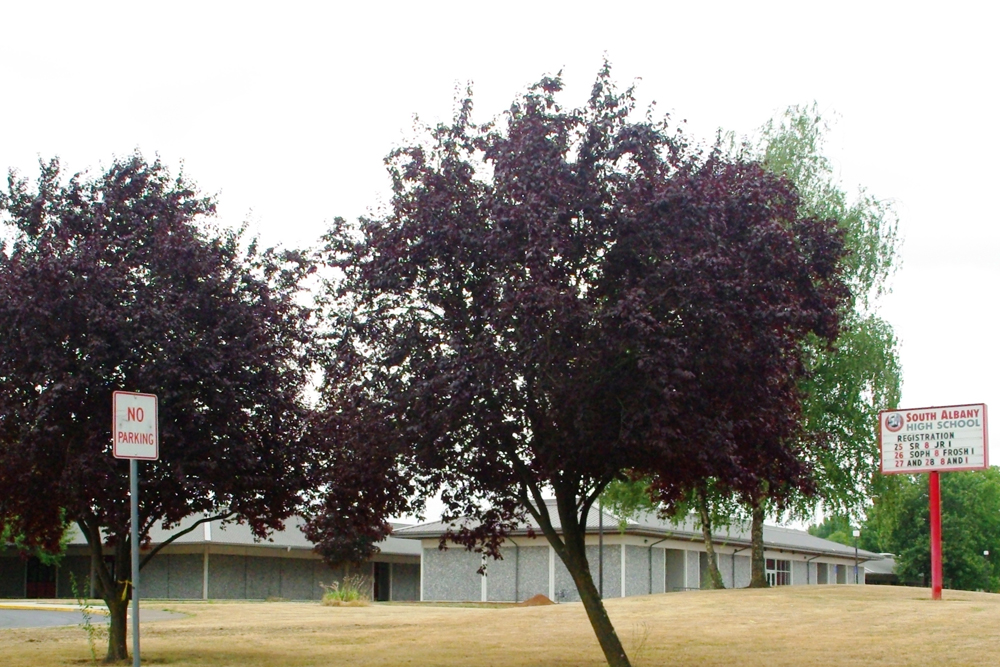PSU professor looks at phenomenon
Portland State University’s Dr. John Dash, physics emeritus faculty, is working on what could be the power source of the future, cold fusion. Dash recently received a $100,000 grant from the New York Community Trust to support his research on the interaction of metals with hydrogen isotopes.
People have been trying to replicate the kind of energy of the sun on earth in big machines, Dash said. The payoff would be getting more energy put out than is put in.
In 1989, Stanley Pons and Martin Fleischmann announced their discovery of cold fusion.
Dash explained that the two Utah scientists came together and produced a new element thought to be the product that makes the sun hot. Pons and Fleischmann produced their results with the electrolysis of water.
Many people tried to reproduce Pons and Fleischmann’s result to no avail, Dash said, and the two left the country in disgrace.
Cold fusion was an idea that had been discredited.
However, according to the National Cold Fusion Institute in September 1990, over 92 groups of scientists confirmed at least one aspect of cold fusion.
Dash also produced a positive result the first time he tried.
“I stayed with it,” Dash said. “It’s the same idea, just a different recipe. You might say it is a result of serendipity.”
Dash has been working on cold fusion since 1989.
“The grant gives me a lot of freedom,” he said.
Currently a former doctoral student and a professor who specializes in theory are working on the project with Dash. Six master’s students and two doctoral students have written their theses on his work.
A professor at Portland State from 1967 to 1997, Dash still works with students on a one-on-one basis.
He has received several grants over the years and has a dozen publications on his work.
“Well, it’s the fuel that keeps me going; someone in the state of New York, in New York City, has faith in us,” Dash said.
With this grant money, Dash said, Portland State University is able to run a first class operation.
The concept of cold nuclear fusion originated with Albert Einstein’s 1905 unpublished paper on the subject. The paper stated that fusion could result through manipulation of the atom’s quantum state.
According to the November 1998 installment of www.wired.com, the U.S. Department of Energy has predicted that it will be another five decades before fusion power becomes practical. Currently, the United States depends on fossil fuels for 85 percent of its energy.
In contrast, some experimental data suggests that low-temperature fusion does not create significant hazardous radiation or radioactive waste. Moreover, cold fusion would be a renewable resource of energy.




